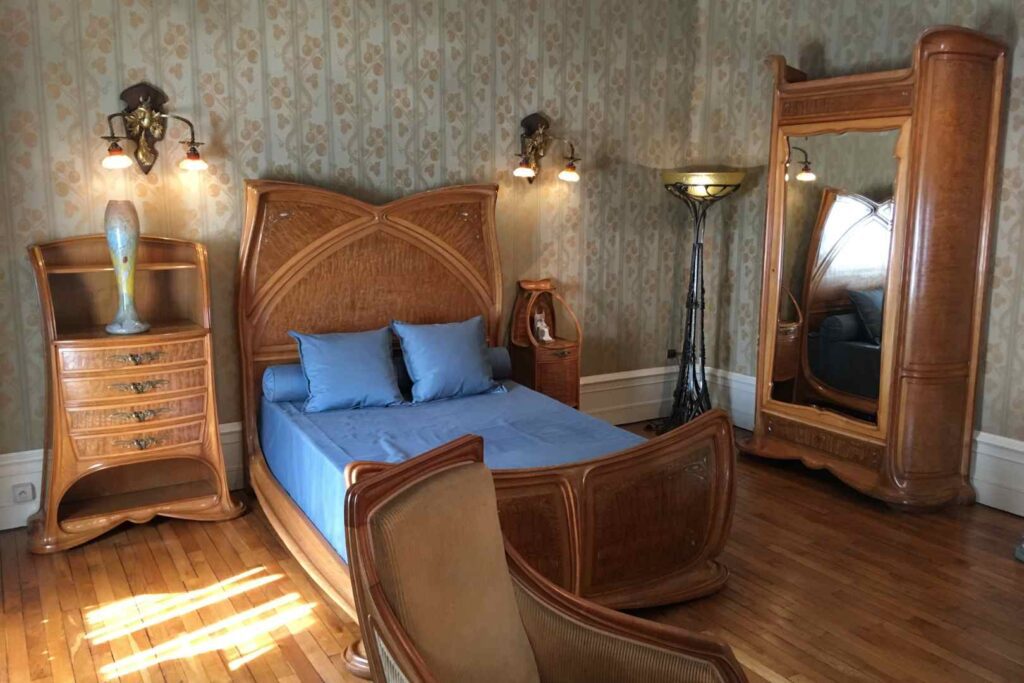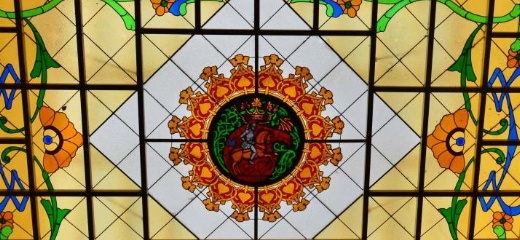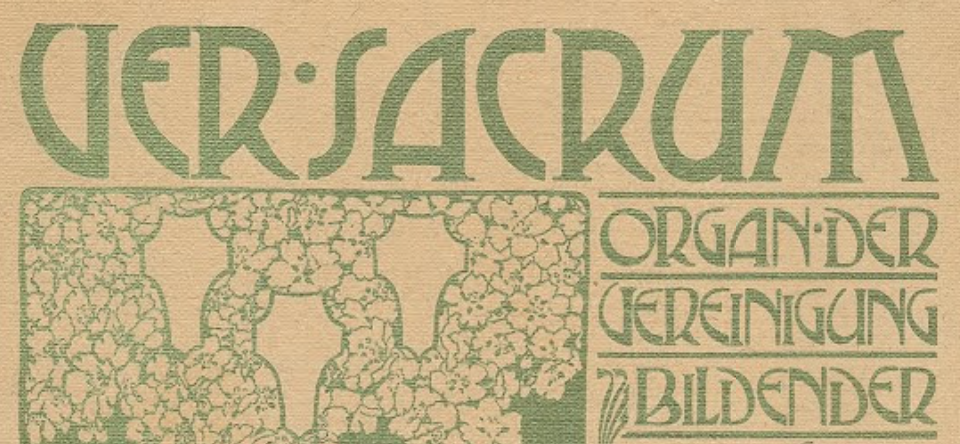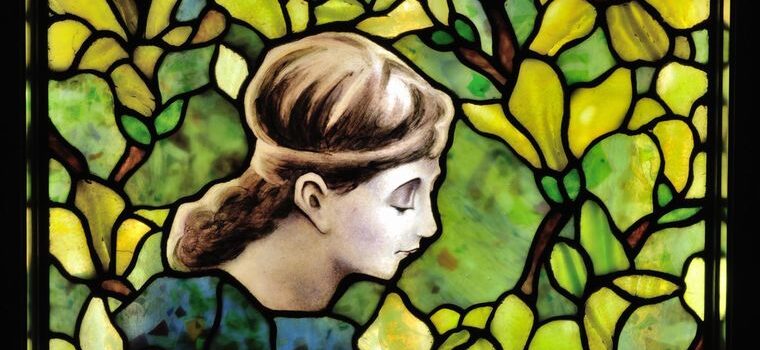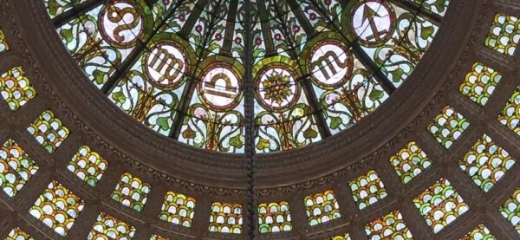Art Nouveau, despite its short duration, left an indelible mark on European art and design. It challenged and broke traditional artistic barriers, laying the groundwork for the development of 20th-century modernism. Its focus on the unity of the arts and its innovative use of materials and forms continue to resonate in contemporary design. After decades of underestimation, Art Nouveau experienced a resurgence in the 1960s and continues to generate renewed interest in exhibitions and studies, highlighting its lasting appeal and crucial role in the evolution of modern art.
It had a transformative and distinctive influence on interior design. This style sought to revitalize the applied arts and promote the concept of “Art for all/Art in everything.” It was a deliberate reaction against the academism, eclecticism, and historicism of the 19th century, breaking with the past and promoting a new form of art that represented the free spirit of a new era.
Art Nouveau positioned itself in all areas of art and architecture, including interior design, painting, furniture, textiles, graphics, and industrial arts. Architects and interior designers aspired to an aesthetic uniformity in their buildings, from the architectural design to the smallest detail of the interior decoration, advocating for the abolition of artistic hierarchy and achieving a considerable resurgence of the decorative arts.

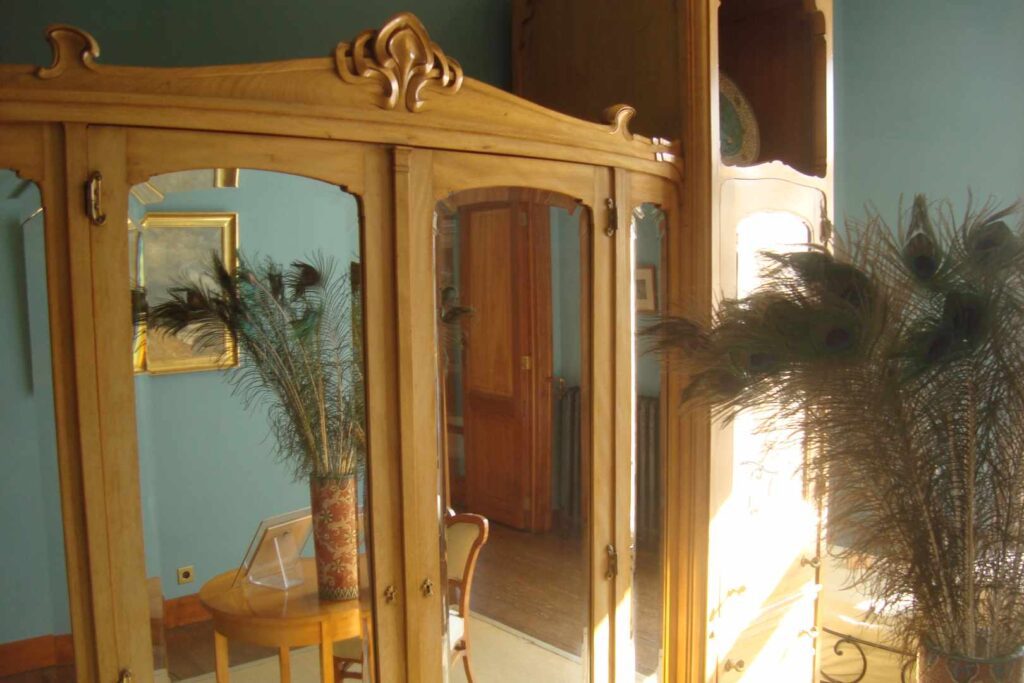



Art Nouveau, a highly influential international art movement flourishing from roughly 1890 to 1914, profoundly shaped interior design by rejecting historical revival styles and embracing a new, organic aesthetic. Unlike the more rectilinear and rustic Arts and Crafts movement, Art Nouveau interiors are characterized by their fluid, sinuous lines that create a sense of dynamic movement. The style was a deliberate attempt to unify all aspects of a space—from architecture to furniture and everyday objects—into a cohesive “total work of art” (Gesamtkunstwerk).
Core Principles and Aesthetics
Art Nouveau interior design is distinguished by several fundamental characteristics:
- Inspiration from Nature: Nature was the most important source of inspiration, manifesting in organic, fluid, sinuous, and tendril-like forms, often described as “whiplash lines.” Floral, botanical, and zoological motifs (such as dragonflies, irises, orchids, and water lilies) were ubiquitous in decorations, furniture, stained glass, and textiles. Art Nouveau artists were intrigued by late Gothic ornamentation, with its forms that evoked natural growth and foliage.
- Unity of Art (Gesamtkunstwerk): A primary goal was to create a “total work of art,” where all elements of a space—architecture, furniture, lighting, textiles, and decorative objects—merged into a harmonious and cohesive style. This philosophy extended to the collaboration between architects and artist-designers to beautify the everyday environment.
- Modern and Traditional Materials: New materials such as iron, glass, ceramics, and concrete were used, but traditional materials were also reinterpreted. Architects used wrought iron decorated with curves inspired by plant and floral forms both indoors and outdoors. The use of stained glass was very characteristic, often with designs of stems, leaves, and flowers that were illuminated by natural or artificial light.
- Dynamic Lines and Forms: Bold, rhythmic, and asymmetrical curved lines were favored, as were arabesques and elliptical or parabolic shapes. This sought to generate a sense of movement and vitality.
- Emphasis on Applied Arts: The movement sought to elevate the status of decorative arts, with a strong focus on the design of furniture, glass objects, textiles, ceramics, jewelry, and metalwork.
- Color Palette: Bright colors like peacock blue and sea green replaced gray and brown tones, and a selective palette of warm, desaturated colors was used to evoke a romantic and fantastic feeling. Gold paint was used on interior walls.
- Spatial Arrangement: The fluidity of space, the ambiguity between inside and outside, and the incorporation of natural light, for example, through skylights and large windows, were often prioritized.
The central tenet of Art Nouveau interior design is its deep connection to the natural world, but with a highly stylized twist. Rather than a realistic depiction, the movement focuses on the essence of natural forms. The most defining characteristic is the “whiplash line,” an elegant, undulating curve that mimics the movement of plant stems, the shape of a dragonfly’s wing, or the graceful flow of water. This line appears everywhere: in the carved wood of a chair, the twisted iron of a stair railing, and the intricate patterns of a stained glass window.
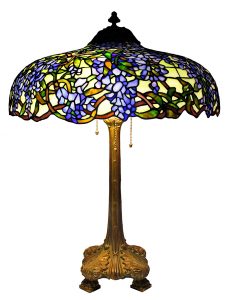

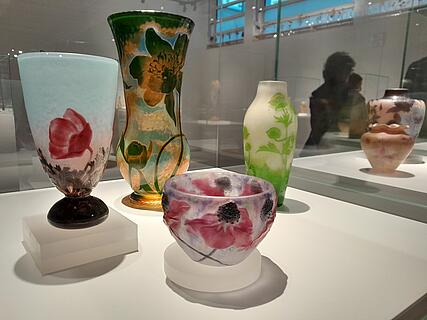

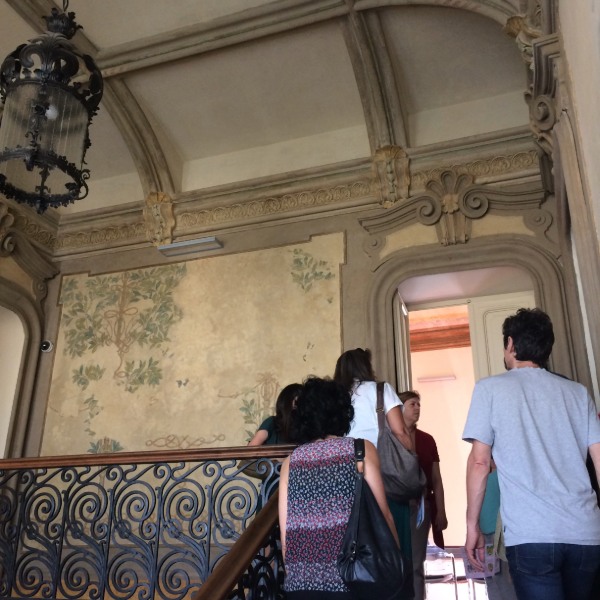

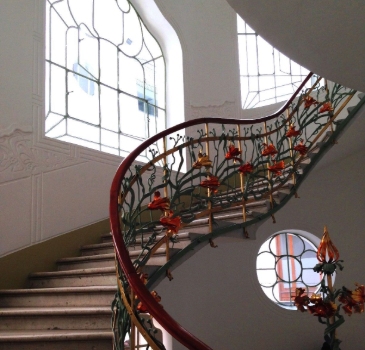



Common motifs include stylized versions of flowers like lilies, irises, and poppies, as well as vines, leaves, and insects. These elements are not simply applied as decoration; they are integral to the design itself, often appearing to grow out of the structure. In a clear break from the formal symmetry of earlier Victorian designs, Art Nouveau embraces asymmetry. This creates a more dynamic and spontaneous feel, reflecting the natural world’s own irregularities. A key philosophy of the movement was that every element within a room should be part of a harmonious whole. Architects and designers like Victor Horta and Charles Rennie Mackintosh meticulously coordinated every detail, from the doorknobs to the light fixtures, ensuring a unified aesthetic.
Influential art nouveau architects in interior design
The influence of Art Nouveau on interior design was manifested in diverse ways in different regions and through the work of key architects and designers:
- Belgium: Victor Horta and Paul Hankar
- Victor Horta is considered a pioneer of organic Art Nouveau, whose Hôtel Tassel (1893) in Brussels is a manifesto of his style. The staircase in the Hôtel Tassel was not enclosed by walls but was an open element with a curved wrought iron railing, illuminated by a skylight, and with slender iron columns that resembled tree trunks. The mosaic floors and walls were decorated with delicate floral and vegetal arabesques.
- His Hôtel Van Eetvelde (1895), designed for a client involved in the Congo, evoked Congolese flora and fauna in the building’s structure and decoration, with luxurious ornamentation and the use of rich materials like a glass floor and green onyx slabs. Horta designed gesamtkunstwerke, overseeing every aspect of the design, from the architecture to the decoration and furniture.
- Paul Hankar developed a more geometric Art Nouveau style. He intensively studied wrought iron techniques, which he would later apply to many of his buildings.
- Catalonia: Antoni Gaudí
- In Catalonia, Art Nouveau was known as Modernismo, and Antoni Gaudí was a central figure. His design integrated nature, religion, and unprecedented modernity.
- The Casa Batlló is famous for its columns that look like bones, the roof that simulates a dragon’s back, and, inside, a ceiling designed to look like a forest canopy, adorned with ceramic flowers, green and gold mosaics, and palm leaves. The fluid and curved forms were used on the staircase walls.
- The Sant Pau Art Nouveau Site, designed by Lluís Domènech i Montaner, is another outstanding example of Catalan Modernismo, with all the decorative arts applied to its architecture, ceilings and walls decorated with flowers and leaves, soft and relaxing colors, and an Administration Pavilion richly ornamented with column capitals representing medicinal flowers.
- Ottoman Empire: Raimondo D’Aronco
- Raimondo D’Aronco was the most influential representative of Art Nouveau in Ottoman architecture, especially in Istanbul, where he created a local “Ottoman/Istanbul Art Nouveau.” His work fused elements of Turkish architecture with Art Nouveau.
- In his residential designs, floral friezes and motifs are seen on the ceilings of living rooms and lounges, as well as branches on the elliptical staircases and on the railings of these stairs, characteristic elements of Art Nouveau. He also admired the downward-hanging rose-shaped motifs.
- France: Héctor Guimard and the Nancy School
- Héctor Guimard embodied French Art Nouveau, standing out for his cast-iron metro entrances with stems that resembled orchids. His Castel Béranger (1898) exhibited a multiplicity of forms, materials, and colors, with abundant and personal interior decoration. In his own residence on Rue Mozart, rounded corners were used to create a sense of enclosure in the dining room.
- The Nancy School was an important center, with designers like Émile Gallé and Louis Majorelle. Gallé, an accomplished botanist, applied his studies of plants and insects in his glass creations. His furniture, although it followed 18th-century French styles, stood out for the decorative use of wood with carved and inlaid floral patterns in asymmetrical arrangements.
- The Villa Majorelle, the first Art Nouveau house in Nancy, was designed as an integrated whole, with the fluidity of forms and decorative patterns, and a continuous interaction between the exterior and interior. The interior decoration was the work of several artists, with Louis Majorelle playing a leading role in the furniture and Jacques Gruber in the stained glass of the main rooms.
- United Kingdom: Charles Rennie Mackintosh
- In Glasgow, Charles Rennie Mackintosh was a key figure of Art Nouveau. His tearoom designs, such as the one on Ingram Street, featured tall, straight-backed chairs, silver and white walls, and murals with languid figures of women created by his wife, Margaret Macdonald. The wrought iron of the Glasgow School of Art also showed intricate linear and spiral designs.
- United States: Louis Comfort Tiffany
- Louis Comfort Tiffany was the most prominent figure of Art Nouveau in the United States, recognized for his exquisite glass creations, including his stained glass windows and Favrile glass objects. He loved exuberant colors and was inspired by Middle Eastern art, as well as books on insects and flowers for his designs.
- Austria: Vienna Secession
- The Vienna Secession, founded in 1897, showed a more abstract and geometric approach to decoration. The work of Gustav Klimt, the first president, included gold panels and mosaics in his paintings, which also manifested in the interiors.
- Josef Hoffmann, another influential architect, opted for a more geometric design with rectangular interior spaces. However, his Wiener Werkstätte continued with the Art Nouveau ideal of extending the art’s sanction to all fields of design.
- Ukraine: Ukrainian Art Nouveau Architecture
- In Ukraine, a distinctive architectural style was formed based on the development of traditions of popular architecture and ornamentation. White marble stairs, columns with “flowers of life,” and meeting rooms decorated with ornaments and paintings of national and patriotic content are examples of the interior richness. Floral ornaments on the walls and ceilings with stucco are also recurring elements.
Materials and Furnishings
Art Nouveau designers were innovative in their use of materials, blending traditional craftsmanship with modern industrial techniques. Carved wood, particularly mahogany and other dark hardwoods, was used to create furniture with graceful, flowing lines that seem to defy gravity. In some cases, the furniture itself was a unique, sculptural object, such as the high-backed chairs of Charles Rennie Mackintosh. Wrought iron and cast iron were used to create decorative and structural elements, from the ornate railings of staircases to the elegant frames of light fixtures. These metal pieces often featured twisting, plant-like forms that mirrored the whiplash line. Stained glass was a hallmark of the style. Panels in doors, windows, and particularly lamps (most famously, those by Louis Comfort Tiffany) were decorated with vibrant, naturalistic scenes. The glasswork often employed a soft, painterly effect, using swirled and mottled glass to create a sense of texture and depth. Fabrics and wallpaper were essential for bringing the Art Nouveau aesthetic to a room. Patterns featured complex floral and vine motifs in a rich but often muted color palette. Colors were typically inspired by nature, including deep greens, browns, and blues, accented with shades of ochre, lilac, and peacock. The designs were often flat and graphic, making them ideal for mass-produced wallpapers that still conveyed an artistic touch.


Art Nouveau vs. Arts and Crafts
While both movements reacted against the excesses of Victorian industrialization, their approaches to design were fundamentally different. Arts and Crafts emphasized simplicity, honest craftsmanship, and solid, functional forms. Its aesthetics were often rustic, with a focus on straightforward, sturdy construction and natural wood finishes. The motifs, while often naturalistic (like those of William Morris), were more restrained and less stylized. Art Nouveau prioritized a highly decorative and curvilinear aesthetic. It celebrated ornamentation for its own sake, but only when it was integral to the overall form of the object or space. It embraced more luxurious and varied materials and a sophisticated, flowing design language that set it apart from the pared-back elegance of its contemporary.
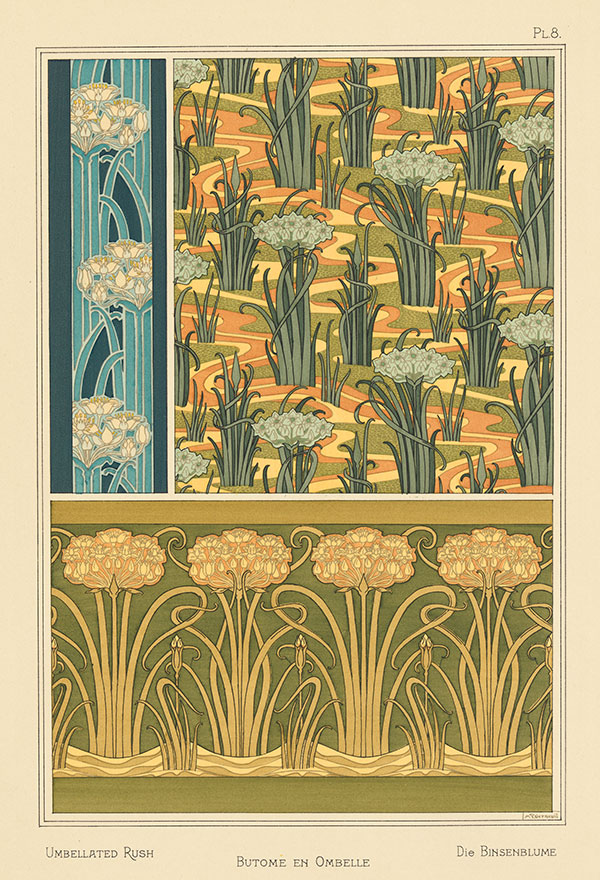

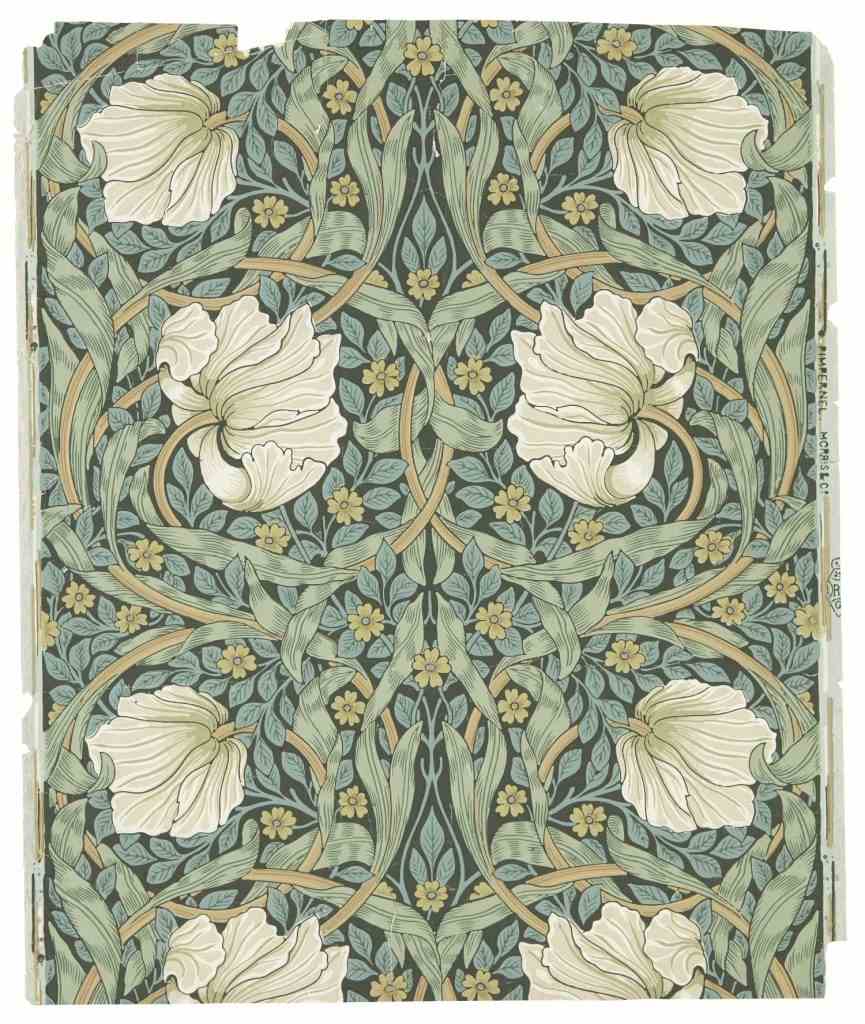

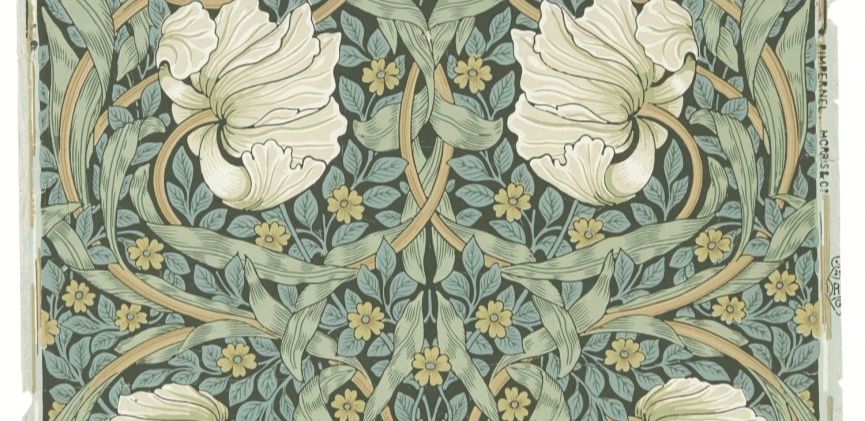

The 40 different names of Art Nouveau explains the many names that art nouveau, not just the eight commented above. Despite the varying names, all of these terms point to the same intention: to create a new, young, free, and modern art. The differences between Art Nouveau and Art Deco are notable, check them out by clicking the HERE.

